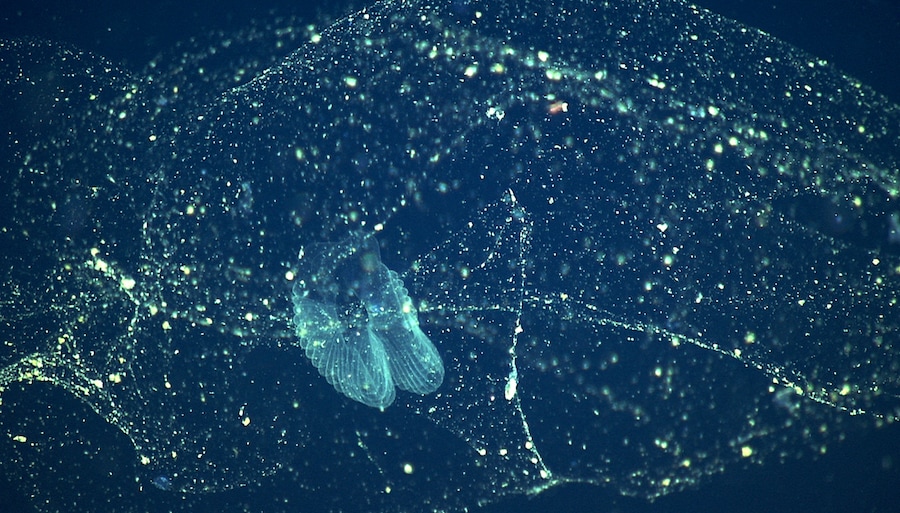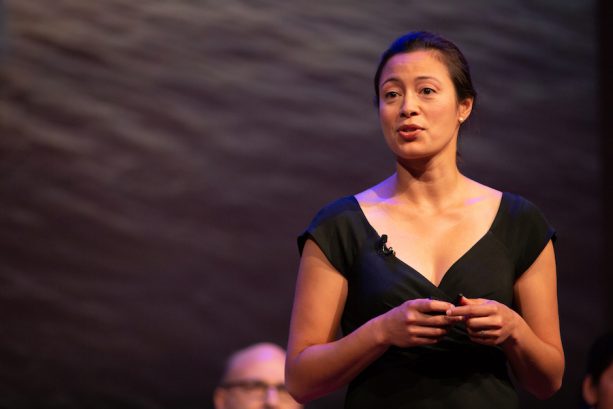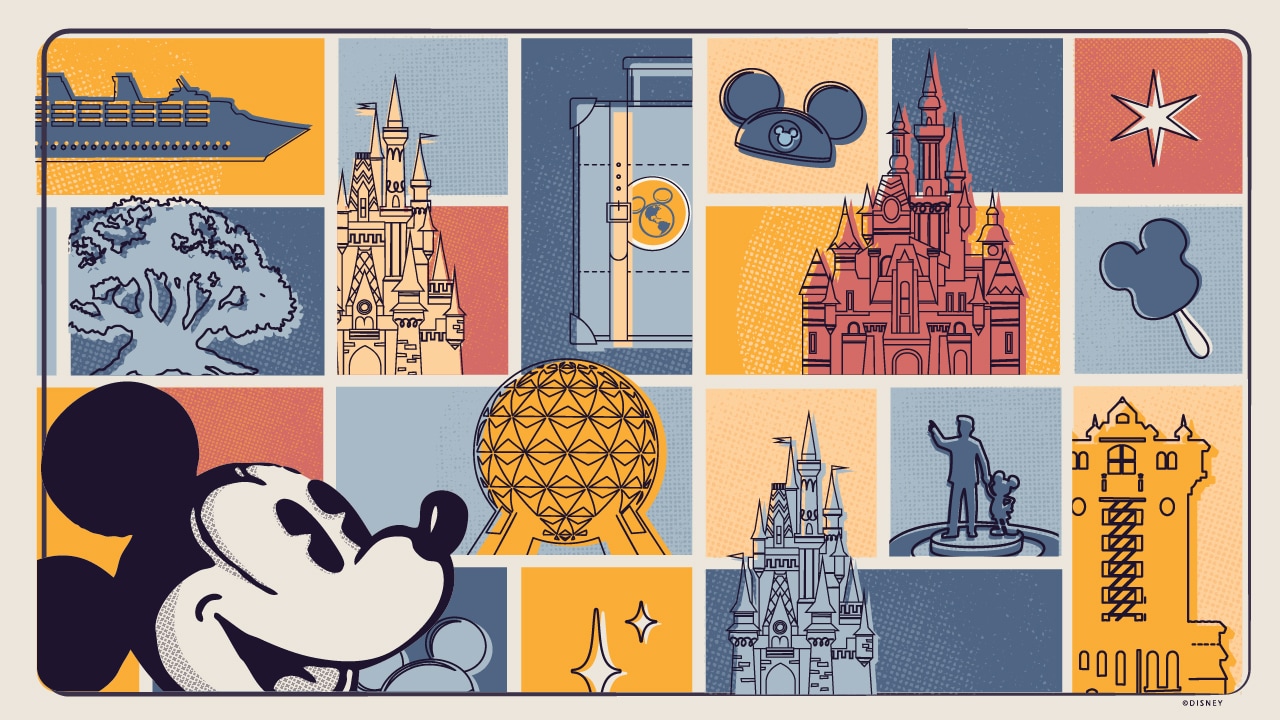Today we continue celebrating Asian American, Native Hawaiian, Pacific Islander Heritage Month, shining the spotlight on the amazing individuals who comprise these vibrant and diverse cultures that continue to enrich our history and company, making the world a better place. This week is extra exciting as tomorrow we also celebrate International Biodiversity Day, an annual day for nearly 20 years meant to increase our understanding and awareness for our planet’s biodiversity issues.
We recently had the opportunity to speak with National Geographic Explorer and National Geographic Live speaker Dr. Kakani Katija, a bioengineer and research diver, about how the ocean is our greatest classroom and being born in Hawaii affected her life in unimaginable ways.

Dr. Katija, a former member of the U.S. International Figure Skating Team, has dedicated her life to developing underwater technologies to better observe biological and physical processes where they happen in the ocean, bringing to life her awe-inspiring work in her Designed by Nature speaker presentation. This one-of-a-kind event takes the audience deep into her life below the surface in the midwaters of the ocean—one of the least explored ecosystems on our planet—and shares how its inhabitants could lead to breakthroughs in bioinspired design.


Credit (all three): MBARI 
“Coming from the islands, you definitely have a strong connection with the ocean.” But this connection Dr. Katija thought would never lead her to the career she has today. “When I moved from Hawaii to Oregon, my connection to the water was something that I maintained, but never something I thought would inspire me professionally.”
“I didn’t come from a background that understood all of the opportunities that science offered,” she recalled. In fact, Dr. Katija originally dreamed of becoming an astronaut and studied aerospace engineering because she thought it would allow her to find a job more easily. “It wasn’t until grad school that I realized the endless possibilities and places I could do research and work in – including the ocean.”
Even though her medium of study shifted drastically from air to water, one thing has remained constant – her use of technology – noting “technology is at the core of what I do.” Dr. Katija studies little-known sea creatures that have the potential to make a big impact on some of our world’s most critical problems.
“Our group, the Bioinspiration Lab at the Monterey Bay Aquarium Research Institute (MBARI), focuses on developing technologies that give us a brand-new way of looking at animals and the ocean. Every time we deploy a new technology, we learn so many different things about one animal that other researchers have studied for decades.”

Dr. Katija says she creates impact through the data that is collected in the twilight zone of the ocean. “The data we collect includes beautiful and engaging images that not only allow us to connect with others and bring people into the ocean with us, but also inspire people to learn about these systems and places. We can understand the deep sea and the most unexplored places in our ocean or on the planet, thanks to technology.”

The most fascinating concept she has ever had the pleasure of studying thus far in our big blue world, you may ask? Snot palaces! Giant larvaceans are animals that build snot palaces by secreting these mucus structures that they inhabit. “They’re one of the most complex structures made in nature, made completely out of materials that they secrete. It’s fascinating how this one organism can create a beautiful and functional structure…all from snot!”
Giant larvaceans not only create and secrete mucus, but they act as a carbon neutralizer for our planet. Found nearly 100 to 400 meters deep in our oceans, these basal chordates help mitigate and reverse climate destruction.
So why is biodiversity important? “Understanding biodiversity helps us understand our place. Every animal, plant, and species present play an important role in our ecosystem, so we must understand how these systems work. If we don’t think about biodiversity – if we don’t value the array of life that we find on our planet – we don’t know what we’re losing. The sooner we understand our connection to other groups and animals, whether we like it or not, the better.”
How about diversity in her field in general? “The AANHPI community continues to remain a minority in ocean sciences, geosciences, and exploration. Representation is hugely important, and I’m heartened by seeing more interest and understanding of our island nations. The ocean is not just a place of employment for people, including me, but is a cultural and individual identity for these groups. I hope we still see more of that.”
To help bridge the gap, Dr. Katija says she hopes her legacy will provide people access and a window into the world that we all share. “Anywhere from 30 to 60 percent of ocean life has yet to be described or discovered. The MBARI Bioinspiration Lab focuses on illuminating this life and share them with broader audiences to appreciate the complexity and wonder that remains on our planet. Maybe, just maybe, I’ll help close that discovery gap.”

To see where Dr. Katija is next on the road to share her fascinating finds and behind-the-scenes stories, visit the National Geographics Live website. The full schedule of 2022 events, presented by Office Depot, and speakers may be found here.
Stay tuned to the Disney Parks Blog as we celebrate AANHPI Month and be sure to follow along on Disney Parks social media.

